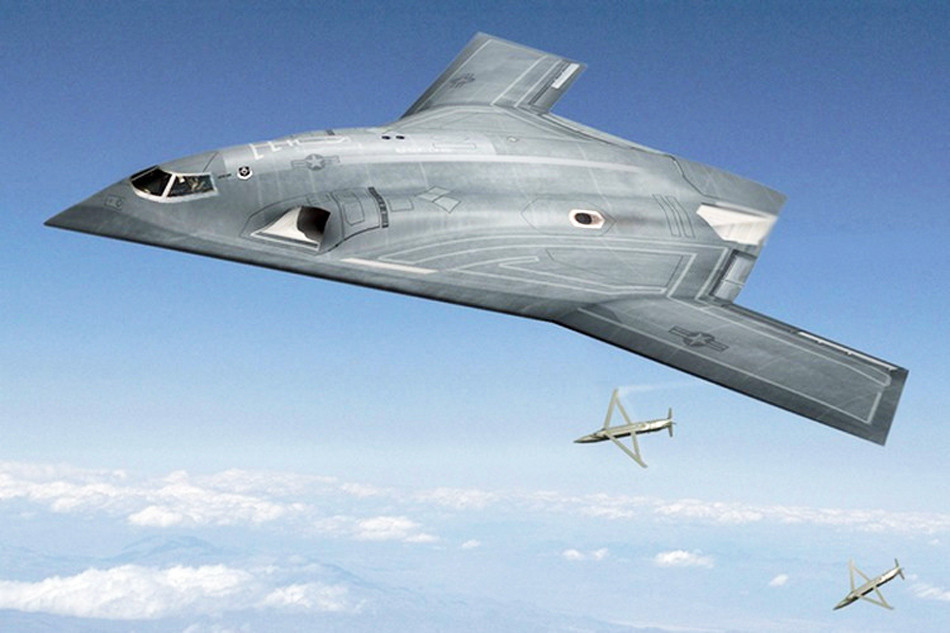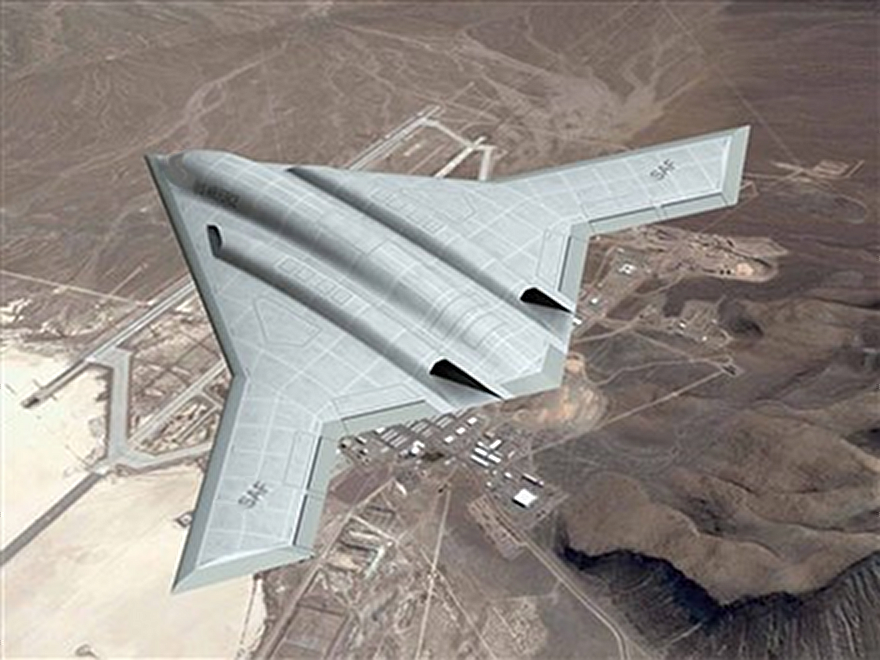
Northrop Grumman says it has interest in continuing to provide the US Air Force with bomber aircraft, an indication that the company remains a potential bidder to build the service’s next-generation long-range strike bomber (LRS-B) fleet.
“Clearly we have a strong legacy in the business of providing bombers to the United States Air Force,” Northrop’s chief executive Wesley Bush said during the company’s fourth quarter 2013 earnings call on 30 January. “And I think our shareholders should count on us to do the things that we think are appropriate to continue to position our company for the long term there.”
Bush declined to comment further, and the company did not respond to a request for more information.
But Mark Gunzinger, senior fellow at the Washington, DC-based Center for Strategic and Budgetary Assessments, says the comments hint that Northrop intends to spend money to develop some of the new technology the bomber programme will require.
“I would expect they continue to invest in technologies needed for that kind of a programme and other advanced aircraft programmes, including future unmanned aircraft,” says Gunzinger.
Such technology could include advanced stealth design, new mission management systems and systems that allow aircraft to operate with greater autonomy, he says.
“Those are all key technologies that an aerospace company would invest in to be able to develop a combat aircraft in the future, either manned or unmanned,” Gunzinger adds.
Although Northrop has not officially announced that it will compete for the at least $100 billion programme, the company, which makes the B-2 stealth bomber, is seen as a prime competitor. If it enters the competition, it will compete against a Boeing/Lockheed Martin team. Those two companies initially partnered to build a next-generation bomber in 2008 but cancelled that relationship in 2010.

Boeing, which has built bombers including the B-17, B-29, B-47 and B-52, announced in October 2013 that it had again agreed to work with Lockheed on the LRS-B project.
The USAF declines to provide any updates on the programme's progress, but the project is slated to receive $359 million in funding in the US government’s fiscal year 2014 budget, according to budget documents. The sum is $20 million less than the Department of Defense requested for LRS-B this fiscal year, and the air force adds that progress also depends on funding in FY2015.
The USAF has said it intends to acquire between 80 and 100 LRS-B aircraft and has targeted the mid-2020s as an operational timeframe.
Though details of the programme remain classified, the service has said its acquisition strategy emphasises the use of proven technologies, which would help keep costs down by minimising development of new avionics, engine and airframe technology.http://www.flightglobal.com/
No comments:
Post a Comment